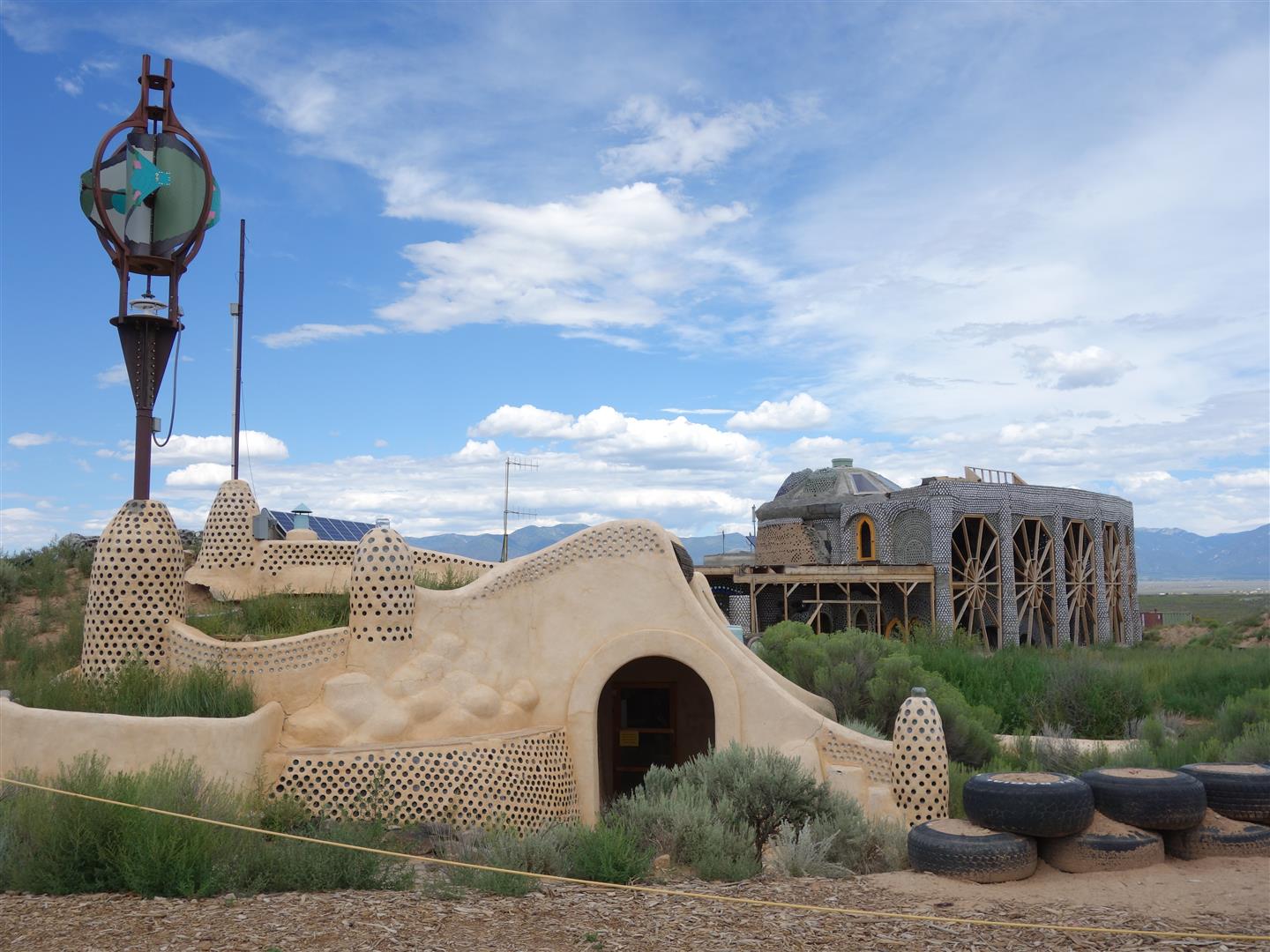Most home designers these days fail their clients in regard to the long-term livability of their homes. We build homes that cannot easily be modified when someone becomes disabled or ill, or when our child is born with special needs.
Universal Design makes architecture that works for everybody, whether they be in a wheelchair permanently, on crutches for a couple of weeks, just having a little issue with “a hitch in their giddyup”, or even are just too little to manage bunches of steps and tight pathways. We find that our clients love the ease of getting around in spaces designed on Universal Design principles, and believe it or not, it also reduces the efforts required in mundane tasks like cleaning, which can be a bear when hoisting a vacuum and cleaning supplies up and around steps and landings. What is awesome about this, for us, is that many users of Universal Design in their home designs are finding that they are ready-made for the market for Baby Boomers who want something a little more manageable to buy for a home. So, they are selling their homes for a premium.
Here are the ways we can tweak the home’s design to make it work for everyone:
Floors and Landscape #
- Use 1:12 slope ramps instead of single steps.
- Use a 3 foot door with a threshold less than ½” high.
- Make a lightly textured non-slip path 36 inches wide and without steps from the street curb and driveway to the home entrance. Use 1:12 slope ramps as needed and place 36” long landings at top and bottom of any ramps. Use handrails at locations where the path has a drop off of 12 inches or more at the side.
- Place trees so they do not drop berries or leaves onto the path. If trees already exist, make sure to maintain the path free of debris.
- Provide path lighting on the major access to the house.
- Provide a handrails and good lighting at steps.
Design #
- Have a ground floor bedroom and complete bath.
- Place the washer and dryer on the main floor and use front-loading machines.
- Design halls and stair treads at least 36 inches wide.
- Use one landing for every 10 steps in a staircase.
- Provide a light switch at the top and bottom of stairways.
Entry #
- Have a 5 foot square space available inside and outside at the front door.
- Cover the front entry so it is weather protected.
- Provide exterior lighting at the front door.
- Have a wipe off mat on both sides of the door to keep dirt and pollen minimized.
Kitchen and Bath #
- Use sinks that can be “pulled in to”, without casework below, and install them 34” above the floor.
- Vary the height of countertops so little ones and big people can use them too. For instance, really tall people might want to use a kitchen cabinet in the bath. Those extra inches of height can keep a back from going out!
- Provide extra-long hoses for spray attachments.
- Use lever handles, not knobs, on sinks, baths, and tubs and use one handle to control both hot and cold water if at all possible. Locate the handles and faucet at the side of the sink instead of the back if possible.
Kitchen #
- Locate the kitchen close to the entrance where you bring groceries in.
- Have a fire extinguisher located within easy reach between 27 and 48 inches above the floor.
- Use a sink 6 ½ inches deep.
- Use a dishwasher, and any other appliance, with button or push controls instead of knobs.
- Use heat resistant countertops.
- Use a side-by-side type refrigerator with sliding shelves and a water and ice dispenser in the door.
- Store heavy pots and pans in bottom shelves and drawers.
- Mount the oven with the top pull less than 48 inches above the floor.
- Use a range with push button controls at the front instead of sides.
Baths #
- Provide a shower bench in a walk-in shower with a 36 wide opening at the entrance.
- Have a shelf for shampoo and soap in the shower at 48 inches above the floor or below.
- Provide a hand-held shower sprayer with extra-long hose (these are great for washing dogs and little ones too!).
- Add 1 ½” textured grip grab bars to the bath, toilet, and shower or install blocking for them, when framing the walls.
- Use a raised toilet seat.
- Use a door that opens out instead of in.
- Have a 5 foot wide circle open between all the fixtures and cabinets.
- Have a sitting bench on the edge of the tub.
- Have a non-slip bathtub and shower floor.
- Make the top shelf of the medicine cabinet less than 50 inches above the floor.
- Use a tilting mirror.
- For wheelchair users, leave 42 inches of open floor space on one side of the toilet.
- Locate the TP holder at 27 inches above the floor.
Cabinets, counters, and closets #
- Use shelves less than 12 inches deep throughout.
- Use lazy-susan corner cabinets.
- Use rolling carts under counters.
- Use pull-out shelves.
- Use height-adjustable cabinets and closet shelves.
- Use loop or lever shaped drawer pulls and handles.
- Use easy-gliding hardware.
- Locate some wall cabinets at 48 inches above the floor or lower.
- Use cabinets on 6 or 8 inch tall toe kicks (spaces under the bottom shelf for toes to go underneath).
- Use clothing rods 22 inches to 44 inches above the floor.
- Use drawers 40 inches or less above the floor.
- Use 18 inch deep or less shelves in closets and pantries.
- Locate the light switch in pantries and closets close to the entrance.
Windows and doors #
- Use 3 foot wide doors throughout, with 18 inches minimum of clear floor space on the handle side of the door.
- Use 5inch long lever type handles that curve towards the door and hinges with the tension reduced on them. Set them at no higher than 44 inches above the floor.
- Use swing-clear door hinges.
Electrical #
- Locate switches and thermostats less than 48 inches above the floor.
- Locate outlets 27 inches or higher above the floor.
- Provide direct and indirect lighting in every room.
- Switch lamps at the door of the room they are in.
- Use nightlights in night-visited rooms like baths and kitchens, as well as the halls between them.
Finishes #
- Use non-slip flooring.
- Use low pile carpets with a firm pad.
- Secure the corners and edges of rugs.
Of course, some of this costs more. We are offering all the suggestions we know of, because we have a wide range of clients to serve. Some people will want all of this and will be happy to pay for it. Others maybe not so much. Just know that you do have a choice!




